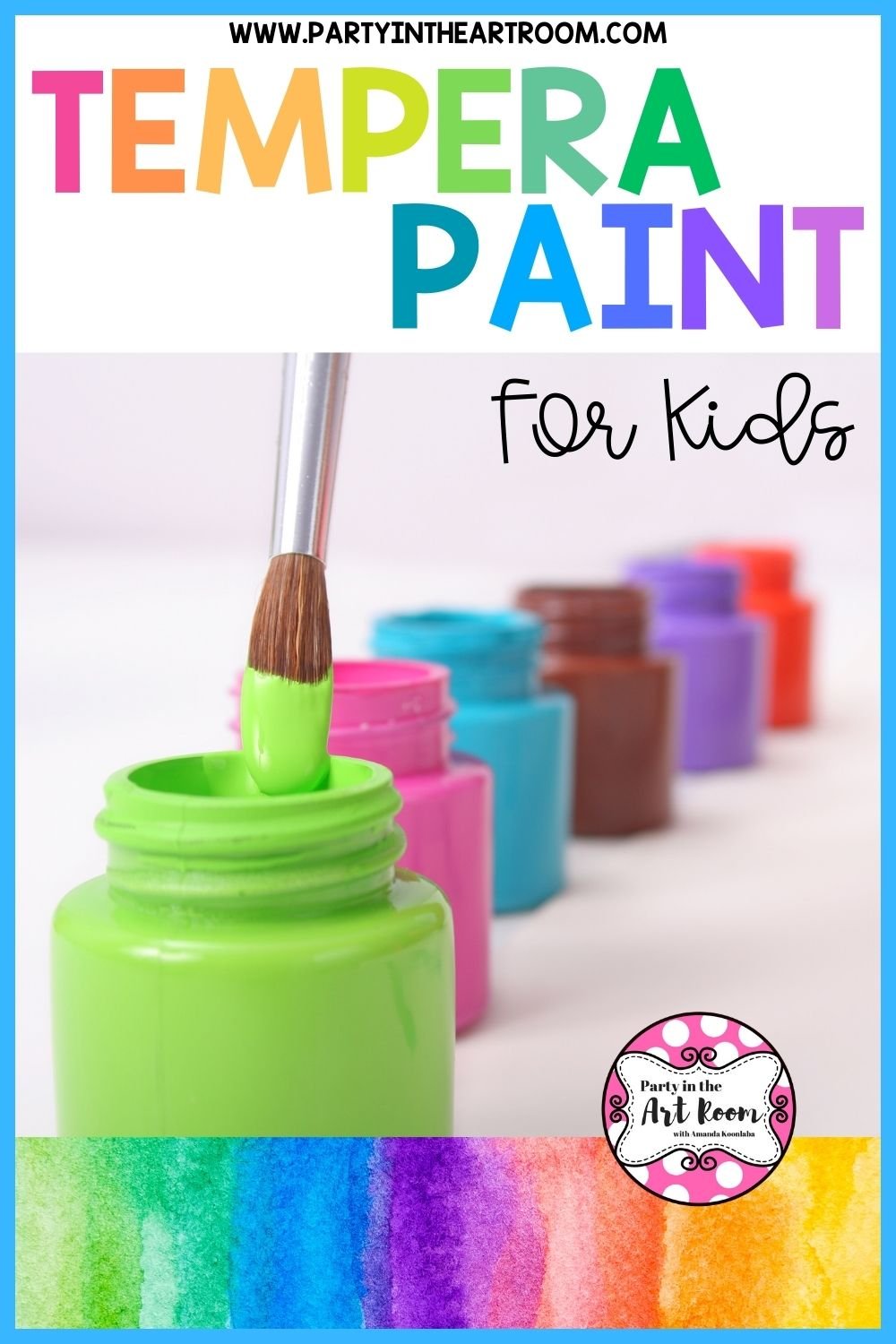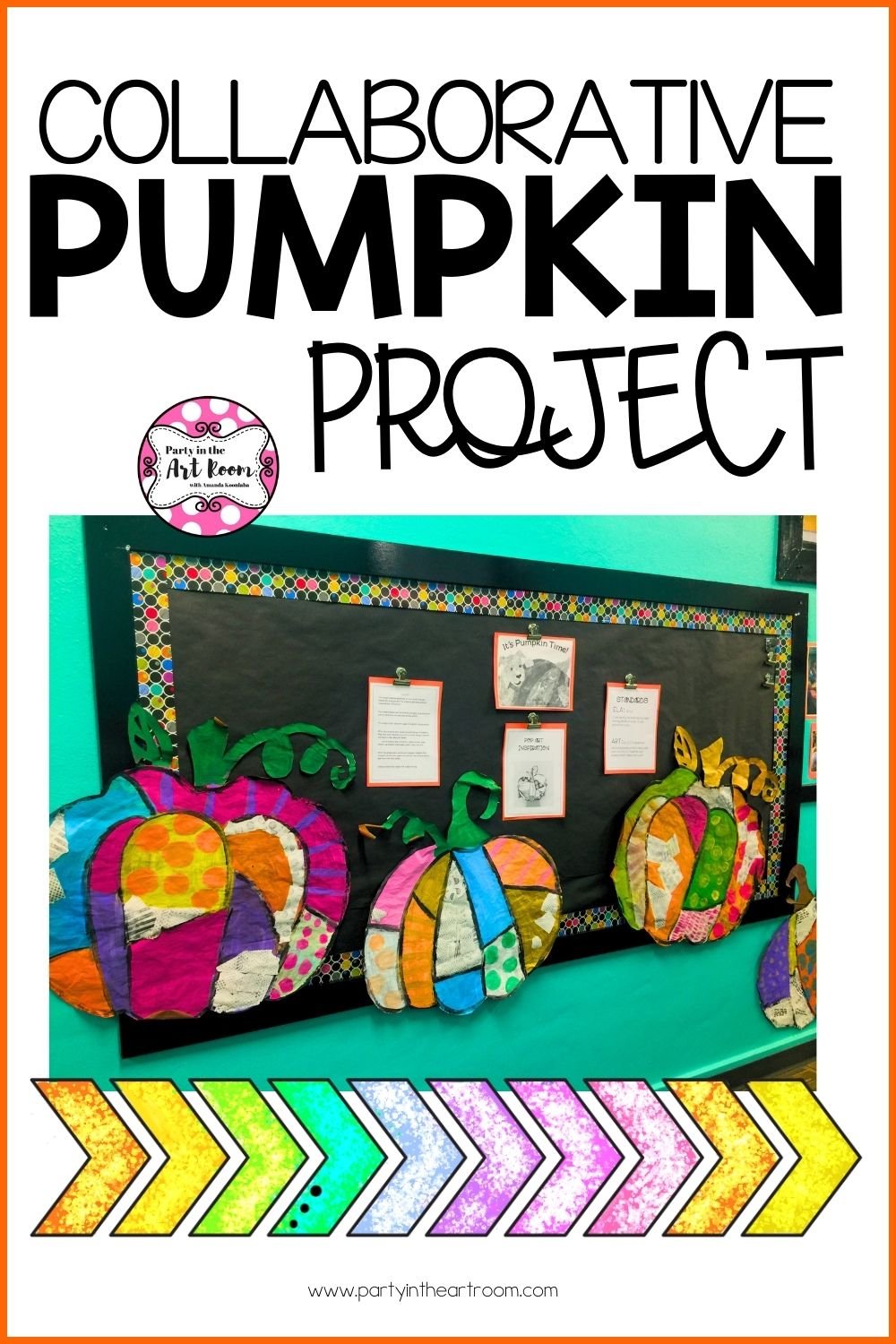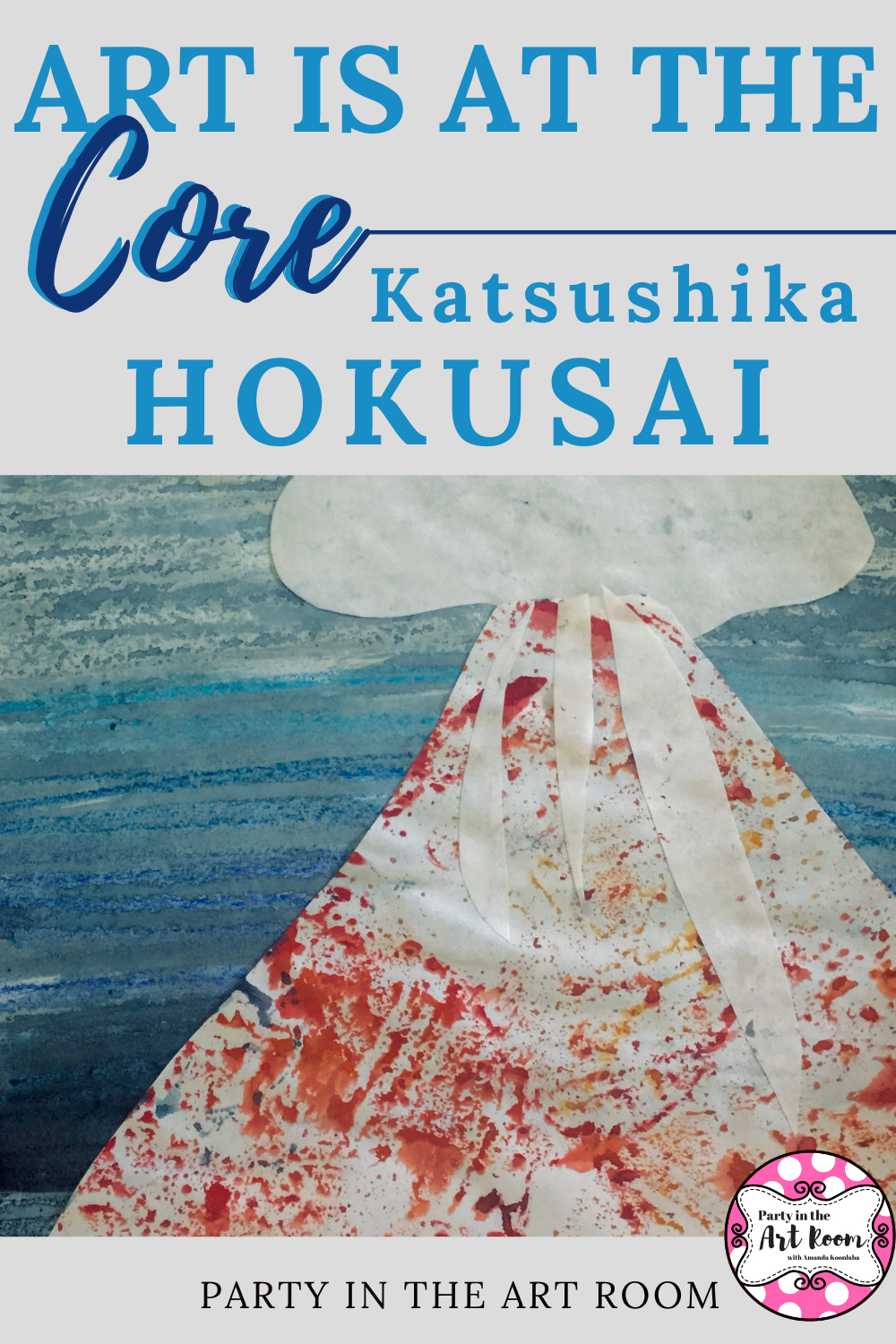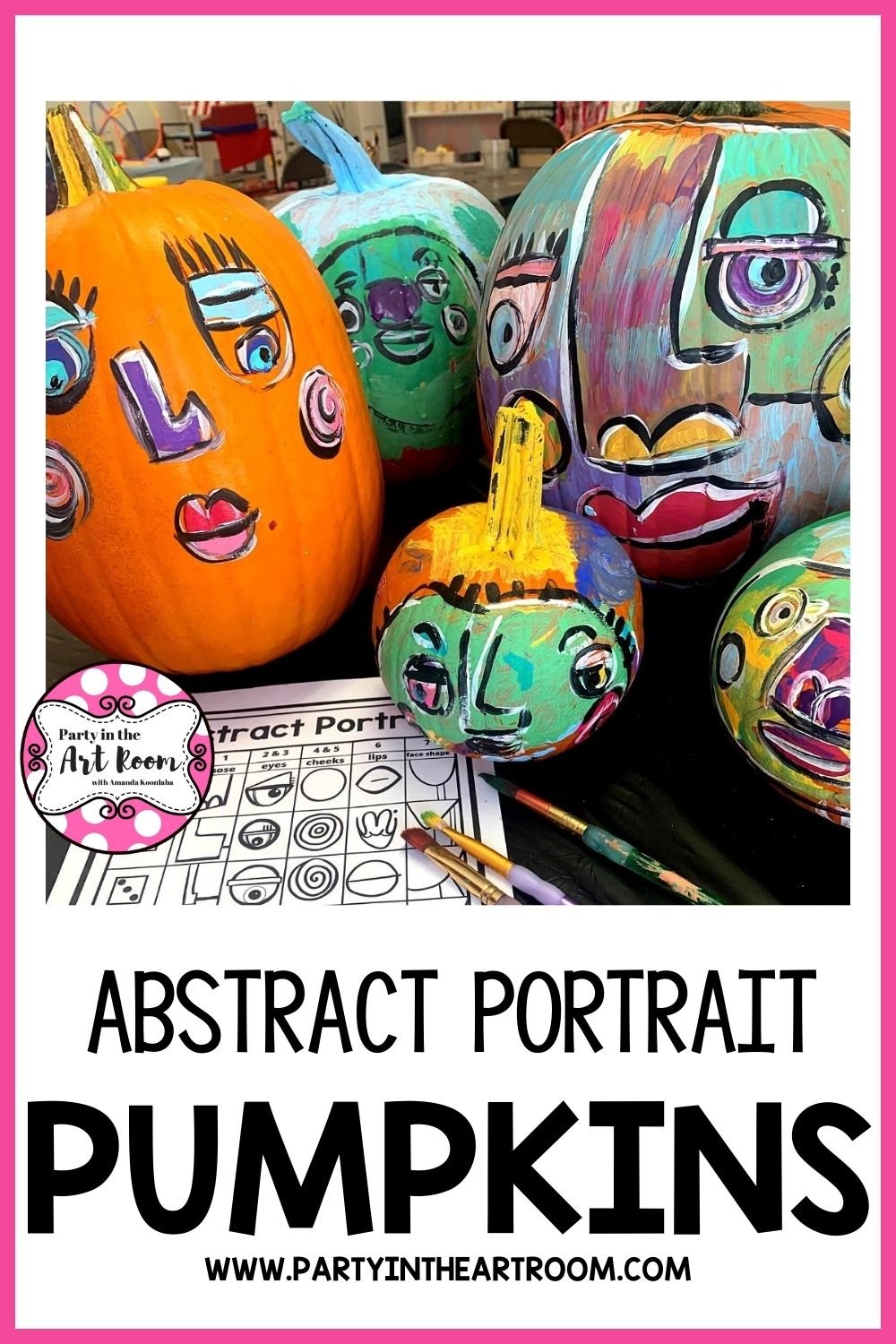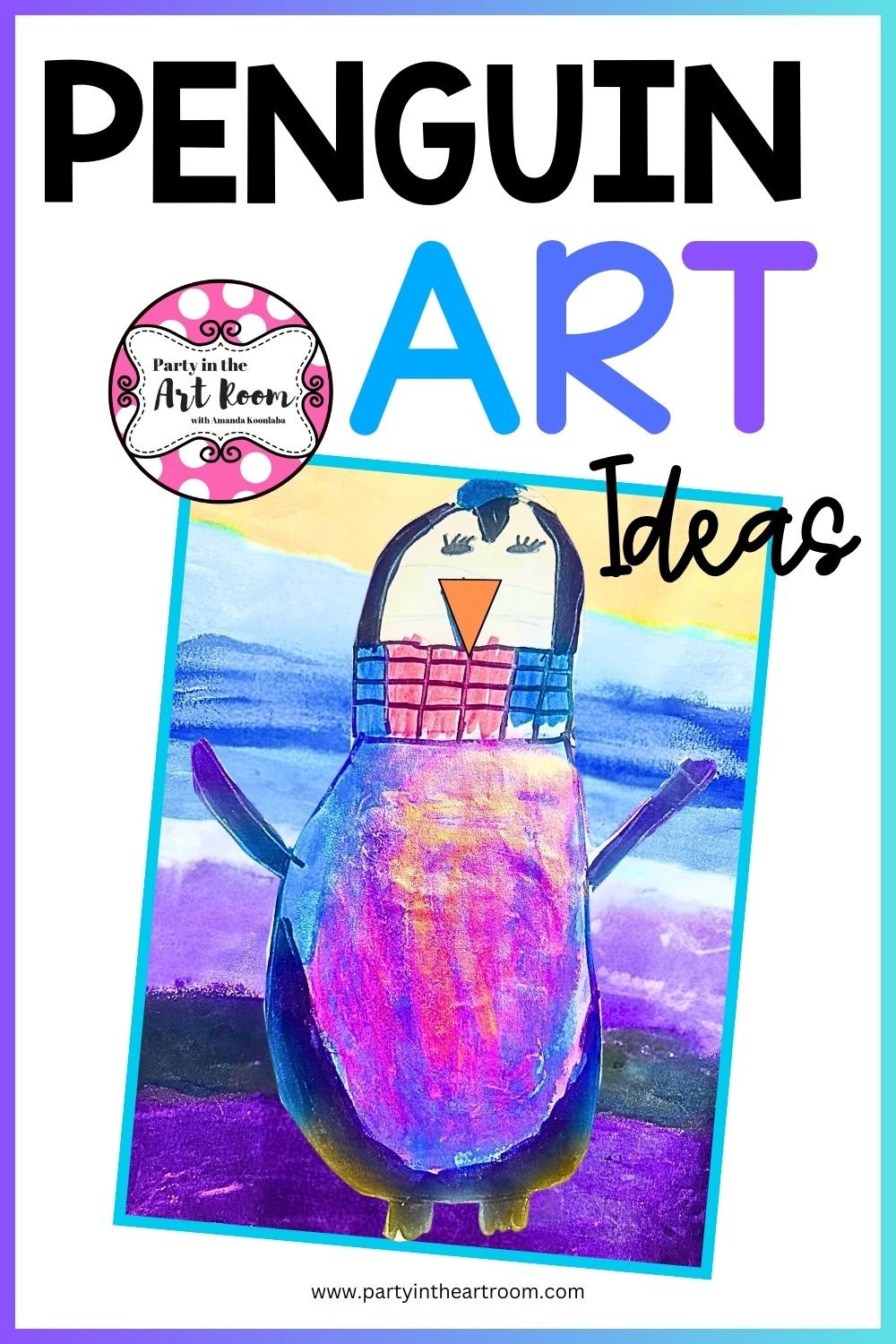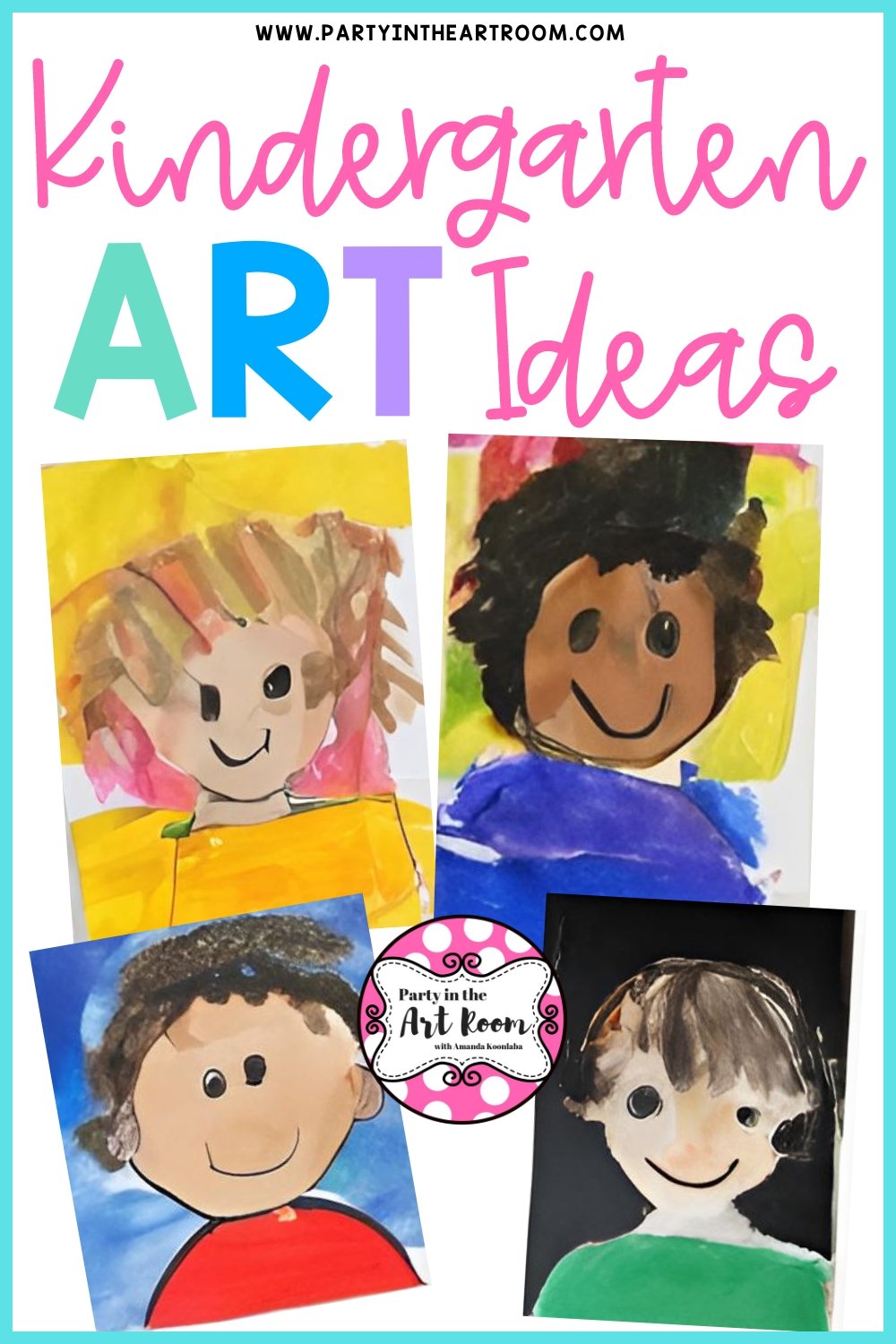Everything You Need To Know About Tempera Paint For Kids: A Complete Guide
As an early career arts educator, I really disliked tempera paint.
I primarily use acrylic in my own professional art practice, and tempera seemed somehow to be less professional to me when I was younger. The whole tempera versus acrylic thing seemed to be pretty clear cut: if it is more permanent, you need greater skill to use it…right? So, then acrylic wins if that’s the total basis for the argument. And, I wanted to be an arts educator who used the highest quality materials with my learners!
Many years later, I know this was all just nonsense.
Now, I subscribe more to the ideology that creativity is not dependent on any certain material, and creativity is the most important thing to me.
That being said, one of the most delightful tools in our creative arsenal is tempera paint—a vibrant, versatile medium that has captured the hearts of artists and educators alike. But what exactly is tempera paint, and why should you incorporate it into your art lessons?
Well, let’s explore its unique qualities, uses, and advantages.
What is Tempera Paint?
Tempera paint dates back thousands of years, with its roots traced to ancient Egypt and Greece. Traditional tempera was made using natural pigments mixed with a binding agent, such as egg yolk. Ancient civilizations employed this medium to create intricate murals, religious icons, and illuminated manuscripts. Famous artists like Botticelli and Michelangelo used tempera paint for their stunning masterpieces, demonstrating its durability and vibrant colors.
In the Renaissance, tempera paint was the dominant medium before the invention of oil paint. It allowed artists to achieve fine detail and luminous color, making it a favorite among the masters. Over time, however, oil paint became more popular due to its longer drying time and versatility. But the beauty and charm of tempera never faded completely.
Today, tempera paint has evolved, often using synthetic binders, making it more accessible and safer for classroom use. It’s a medium that bridges the gap between traditional techniques and modern applications, perfect for both budding artists and seasoned professionals.
If you’re interested in delving deeper into the history of tempera and its significance in art, here are a few recommended books available on Amazon:
Egg Tempera Painting: A Comprehensive Guide by Koo Schadler
This book offers a detailed exploration of egg tempera techniques, providing insights into materials and historical context.Egg Tempera Painting Techniques: A Step-by-Step Beginner’s Guide by Maggie Denning
This guide introduces historical methods, essential supplies, and creative effects, making it perfect for newcomers to the medium.Painting Course: Introduction to Drawing, Watercolour, Gouache, Tempera, Pastel, Acrylic, and Oil Painting by Ronald Pearsall
A comprehensive introduction to various painting techniques, including tempera, ideal for aspiring artists looking to explore different mediums.
What Makes Tempera Paint Special?
Water-Soluble Wonder
Tempera paint is a water-based medium, which means it's easy to clean up with just soap and water. This feature is especially beneficial in a classroom setting where spills and messes are part of the creative process! As educators, we want to encourage exploration without the fear of creating a mess, and tempera allows for that freedom.Quick-Drying Delight
One of the standout characteristics of tempera is its fast-drying nature. Artists can layer colors without lengthy waiting periods, allowing for a fluid creative process. As a teaching artist, I've witnessed students excitedly layer their work, creating depth and dimension in record time. This quality also fosters a more dynamic classroom environment, where students can experiment with techniques and make quick revisions.Vibrant, Matte Finish
Tempera paint dries to a beautiful, matte finish, which gives artworks a unique look that differs from the shiny surface of acrylics. This quality allows for rich, flat areas of color that are perfect for graphic styles and detailed illustrations. The matte finish can also serve as an excellent base for additional layers or embellishments, allowing for endless creativity.Safe and Non-Toxic
As an educator, the safety of my students is paramount. Tempera paint is non-toxic, making it an excellent choice for children of all ages. Whether it’s in my classroom at Creative Academy or during workshops, I can confidently introduce tempera paint knowing it’s safe for everyone to use. This safety aspect encourages not only painting but also experimentation with different techniques and styles.Versatile Application
Tempera can be used on a variety of surfaces, including paper, cardboard, and even wood. This versatility opens up endless possibilities for creative projects—from simple finger painting to complex mixed-media works. Whether you’re creating a poster, a mural, or a small canvas painting, tempera adapts beautifully to different formats.
What Are the Best Tempera Paint Products?
To help you make the most of tempera paint in your classroom, here are some fantastic products I highly recommend:
1.Crayola Tempera Paint Set
This set includes 12 vibrant colors in 16-ounce easy squeeze bottles. Perfect for school art projects and crafts, Crayola's washable and non-toxic formula is safe for kids ages 3 and up. The rich pigments provide long-lasting color, with great coverage, making it an essential back-to-school supply.
While I do like these paints in general, I have a hesitation with the smell they produce. It’s possible I have a slight sensitivity to it and others don’t. I still recommend trying these out to see if you like them. It’s worth a try, but be sure to check out my notes about Prang below.
2. Sax Tempera Paint Cakes
These tempera paint cakes come with a tray set, offering assorted colors for efficient use. Their covering ability is equal to a 10.0 oz bottle of liquid tempera, making them an economical choice for classroom activities. Plus, they meet ACMI certification standards for quality and non-toxicity.
Honestly, I definitely prefer these for the basics and for primary and secondary colors.
3. TBC Tempera Paint Sticks
Vibrant and bright, these paint sticks are washable and ideal for various surfaces. They glide smoothly and dry quickly, making them perfect for young artists. The telescopic design reduces waste and mess, ensuring a fun painting experience.
You can use these dry like oil pastels or wet like watercolor. I like to have my students apply the color to their paper and use a wet brush to smooth and spread the color.
4. Milo Fluorescent Tempera
This set features 8 neon colors that glow under black light, adding an exciting twist to your art projects. These highly pigmented paints are fade-resistant and safe for kids, making them a great addition for vibrant classroom creations.
This is one of the best classroom sets of paints out there. It’s so pretty and last a long time!
5. Colorations Washable Tempera
This 6-count set of 8oz craft paints washes easily from most surfaces, allowing kids to create freely. Its rich, creamy texture dries to a bold matte finish, and the non-toxic formula ensures safety for all users.
These feel a lot more like finger or poster paint in my opinion.
6. Prang Washable Tempera
This non-settling formula is ready to use and washes off easily from skin and clothing. With a wide range of colors available, Prang paint is ergonomic and mess-free, allowing for fun and creative exploration.
These are comparable to Crayola Tempera in quality and pigment but with less odor, in my opinion.
7. Colorations Chubby Painters
These jumbo paint brushes are designed for small hands, making them perfect for young artists. Durable and easy to use, they can be employed with tempera or acrylic paint, offering versatility for various projects.
I like these for painting large surface areas with tempera. Remember, though, we’re talking specifically about tempera here. When it comes to tempera versus acrylic with these brushes, I do not recommend using acrylic at all. Tempera rinses easily from the bristles, acrylic doesn’t.
8. Sponge Paint Rollers
This set includes 40 sponge rollers in various shapes, perfect for creating unique patterns and textures. They’re easy to clean and ideal for toddlers and young adults, encouraging creativity through different artistic applications. These work great with tempera because it washes out easily. Acrylic will dry permanently in the sponge and ruin these.
I’m not saying to always avoid acrylic here. I have indeed used acrylic and sponge rollers with students. I just prefer to use tempera primarily with these. It also doesn’t bother me as much when the tempera soaks into the sponge. It’s a less expensive paint, so if some wastes in absorption, I don’t fret the way I would with acrylic.
9. Big Kids Choice Brushes
These durable brushes feature acrylic handles and synthetic hair, making them suitable for both tempera and acrylic paints. They’re perfect for young artists looking to explore their creativity with quality tools.
I will always recommend these brushes every chance I get! These are my favorite for acrylic but they also work well for tempera. The thing that makes them so great is their durability. I can buy one box and get by for at least two school years using these with 600+ kids!
When Should Tempera Paint Be Used?
Tempera paint is particularly effective for classroom activities, craft projects, and anything that celebrates creativity without the need for permanence.
While tempera paint is not waterproof and may not withstand the test of time like acrylics, it’s perfect for temporary artworks, seasonal decorations, or educational projects.
I often use tempera paints versus acrylic paints, to teach color mixing, layering techniques, and even to create collaborative murals that foster teamwork and creativity.
Classroom Activities with Tempera Paint
Tempera paint is ideal for various classroom activities. Here are some popular uses:
🩷 Seasonal Art Projects: Create holiday-themed decorations or gifts, such as hand-painted ornaments or greeting cards.
The Collaborative Fall Pumpkin Project is a great example of a seasonal lesson that uses tempera. Another fun seasonal project for tempera paint is this life-sized penguin project. I love this one for winter.
🩷 Wooden Projects: Wood surfaces provide a smooth, absorbent canvas that works well with tempera, allowing students to create vibrant, colorful designs. This makes it ideal for classroom crafts like painted signs, small sculptures, or temporary installations. While it won’t stand up to outdoor conditions, tempera on wood can create beautiful, lasting pieces within the classroom environment.
The Eyes Have it is a project on wood panels that can be created with tempera paint.
🩷 Art History Projects: Use tempera to replicate famous artworks, allowing students to explore techniques used by the masters while engaging with art history. Any of these women’s art history projects could be finished with tempera paint.
5 Techniques to Explore with Tempera Paint
Here are some techniques you might consider incorporating into your lessons:
Layering
Encourage students to experiment with layering colors. Since tempera dries quickly, they can build up a rich depth of color by applying successive layers. This technique can be especially effective in landscape painting or abstract art. This fall trees painting lesson works well with the technique of layering tempera.Sponge Painting
Using sponges or sponge rollers to apply tempera paint can create interesting textures. Students can use different types of sponges to experiment with patterns and effects, adding a tactile dimension to their work. Students can use paint rollers to create papers for this Wacky Weaving project.Splatters and Drips
Allow students to unleash their creativity by splattering or dripping paint onto their canvases. This technique can be a fun way to create dynamic backgrounds or abstract pieces. The background of this Tap Tap Bus lesson is created using tempera cake paint splatters.Collage
Incorporate mixed media by using tempera paint in conjunction with collage materials like magazines, fabric, or textured papers. This approach allows students to explore different artistic expressions and expand their creativity. This daffodil lesson is a beautiful collage lesson that can be used with tempera paint.Printmaking
Use tempera paint to create prints. Students can use foam sheets, potatoes, or other materials as stamps to produce unique printed designs. This technique helps teach concepts of repetition and pattern-making. This Hokusai-inspired lesson uses tempera cakes for printing textures onto paper.
4 Great Tips for Working with Tempera Paint
1️⃣ Use High-Quality Supplies: Not all tempera paints are created equal. Investing in high-quality paints, such as Sax or Milo, will yield better color and consistency. Some tempera paints feel and look more like poster or finger paint than tempera. The quality of the paint can significantly affect the final outcome, so it’s worth it to choose wisely. Usually, the cheapest ones are the worst quality. Go figure!
2️⃣ Experiment with Different Techniques: Encourage students to explore various techniques, such as sponging, splattering, or even using natural materials like leaves for printing. The possibilities are endless! This experimentation can lead to surprising and delightful results. Remember, experimentation sparks the best, most innovative ideas!
3️⃣ Seal for Longevity: If you want to preserve a tempera painting, consider using a fixative spray or sealer. While this won’t make it waterproof, it can help protect the artwork from dust and fading. Teaching students about preservation techniques is an important part of art education. I’ve never come across a real reason to seal tempera on paper, but tempera on wood or canvas is worth sealing.
4️⃣ Incorporate Nature: Use natural elements like leaves, twigs, or flowers as stamps or brushes. This not only enhances the creative process but also connects students with the environment, emphasizing beauty. Tempera paint is perfect for experimenting with natural elements because of its affordability.
Final Thoughts
In conclusion, tempera paint is more than just a vibrant medium for children’s art projects; it is a rich and versatile media that has stood the test of time. From its historical significance to its modern-day applications, tempera continues to inspire creativity in artists of all ages.
Whether you’re a parent, teacher, or budding artist, the recommended products can enhance your artistic journey and bring your visions to life. Give tempera paint a chance, and watch as the imaginations of young creators flourish with every brushstroke!
More Great Ideas:
Affiliate Disclosure: Party in the Art Room is supported by its audience. When you purchase through links on this site, a commission may be earned.I’m Amanda, and I align standards and integrate content to help teachers meet the needs of the Whole Child in art class! I have yet to find a standard that I couldn’t teach through art, and I want to share it all with you.
Not sure where to start with bringing art and content together? This freebie guide is packed with 25 ideas to align your art lessons with math and ELA standards. Your students will be crafting art and practicing algebraic thinking. Win-win!
I want all students to feel successful in the art room, so I created a standards-based Daffodil Collage lesson to do just that! The lesson includes an artist study, student reflection, and more, so push your artists to their full potential.
Follow along on my Instagram page for more tips on teaching the Whole Child in the art room!
Connecting art and content together doesn’t have to be mind-boggling. I’ve made it simple with 25 math and ELA art lesson starters - for free! Plus, I included 15 worksheets for students to reflect on their art-making journey.
